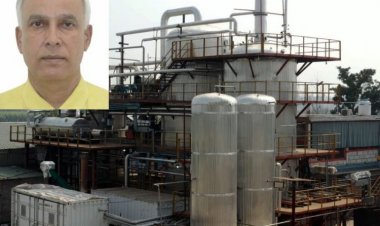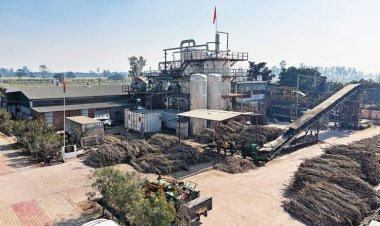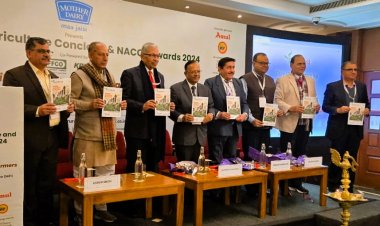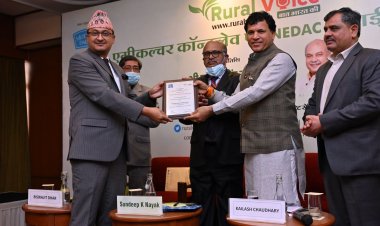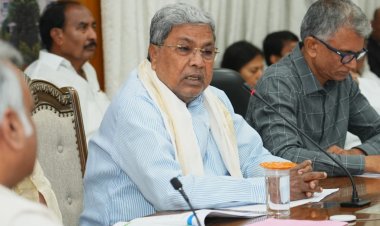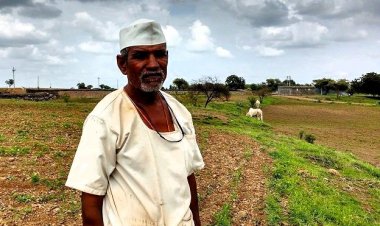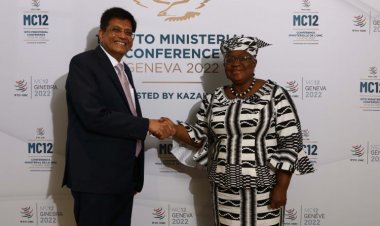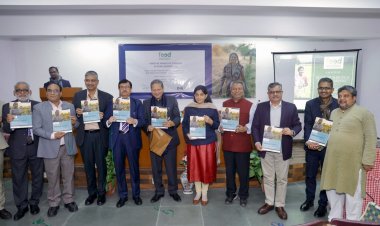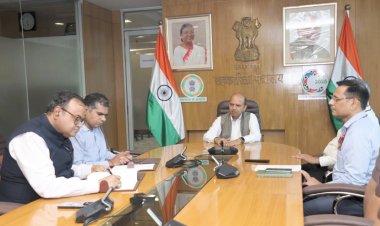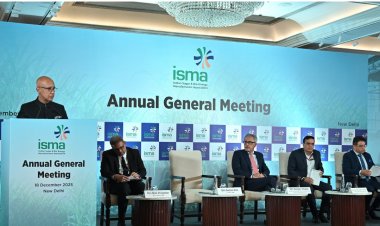Remembering Dr.Kurien: Making the farmer count
A five billion dollar company owned by 36 lakh farmers: unbelievable? This is GCMMF popularly known as AMUL. It collects 250 lakh litres of milk every day from its farmers and ensures that they get the best possible price in the market. Thanks to the genius of Dr. Kurien!

A five billion dollar company owned by 36 lakh farmers: unbelievable? This is GCMMF popularly known as AMUL. It collects 250 lakh litres of milk every day from its farmers and ensures that they get the best possible price in the market. Thanks to the genius of Dr. Kurien!
Remembering Dr. Kurien on his 100th birth anniversary year is about remembering his philosophy and his values. The stories of how he built Amul to become a world class brand , how he created NDDB as an autonomous institution , how he set up Institute of Rural Management (IRMA) or how he created the ‘white revolution’ are well known . If India has become the largest producer of milk at 188 million tonnes ( which is 22% of global production)per year, if the availability of milk per capita in India is higher than the global average, if the total value of milk produced in India is more than the combined value of Rice and Wheat together , thank Dr.Kurien! But to him, dairying was not about numbers , but about farmers and their prosperity. He envisaged a well designed cooperative milk value chain as means to rural prosperity. There is no other agricultural commodity in India which gives back at least 75% of the consumer rupee to the farmer. Some of the cooperatives under AMUL go as high as 83%. No private sector and definitely no public sector ( even those who receive substantial but undeserving grants from tax payers’ money) have done this. Creating professional, market led institutions which add value to farm produce and transfer the highest value to the farmer is the crux of the story!
This success came from his strong belief that farmers themselves can manage their affairs better than government . He believed and demonstrated that Institutions are built on trust , transparency and technology and the market is the driving force. He was fond of saying ‘there would have been no Anand if there were no Bombay’.
What do we learn from the success of Amul and Operation Flood ?
Farmer owned organisations create value for farmers. It would have been easy for Dr. Kurien to make Indian Dairy Corporation or NDDB the largest public sector dairy company in India. Instead he chose to create wealth for 17 million dairy farmers through 1,90,000 dairy cooperatives . All the assets are owned by the dairy cooperatives. NDDB continues to operate with its original corpus and does not take any profit from the cooperatives. Had he chosen to launch ‘operation flood’ through a Central Public Sector Undertaking , the results would have been entirely different. His vision of a cooperative was ‘a company’ fully owned by farmers where they decide all business and personnel matters. It is another matter that cooperatives today have become ‘quasi government ‘institutions with unwarranted control by the government. The departments of cooperation have become instruments of intervention than active promoters of cooperative enterprises. Dr. Kurien’s conversation with the Milk Commissioner of Maharashtra where he said “ I agree there is no Milk department in Gujarat, but there is milk in Gujarat” is worth mention here.
The edifice of Amul was built on trust and transparency. Farmers who poured milk had to be convinced that they got the correct payment based on weight, fat content and milk solids. The entire operation was about using technology to ensure visibility of measurement and payment of the correct amount. This was the foundation of trust.
It was necessary to use technology to succeed in the market and to ensure that surplus milk was purchased and stored. The plan to convert surplus milk to powder comes from the philosophy that all the milk that the farmer brings to the society should be purchased even if there is no demand , thereby insulating the farmer from any market risk ; a fundamental principle while handling perishables. He understood the need to make the products as attractive as possible and compete for quality and price in the market without losing focus on farmers.. He did realise that productivity of Indian cows was so low that farmers cannot make a living out of such animals. The focus on cross-breeding through artificial insemination using semen from high genetic merit bulls of international breeds was the most impactful technology intervention in the sector. The decision by Amul to provide its own veterinary services to their members was key to its success.
He also knew that Cooperatives cannot compete in the market without professionalism. The insistence on setting up an Institute of Rural Management (IRMA) to provide rural mangers stands in good stead even today. The backbone of Amul is the professionals recruited and nurtured by them . The current MD of Amul, Mr. Sodhi is from the first batch of IRMA.
The success of operation flood was that with a world bank loan of Rs. 200 crores, he created return of Rs. 24000 crores every year to India’s dairy farmers for ten years. We do not have any project which created that big an impact.
Today when we talk of farmers, we talk of subsidies, minimum support price, Government corporations and bureaucratic interventions. We talk about Food Corporation of India, we are comfortable with all the attendant problems of a large scale procurement, leakages, inefficiencies and wastage of public money. We are okay with a yearly subsidy burden of Rs.1,50,000 crores , most of it for the consumers, but part of it to farmers. We shy away from building Institutions owned by farmers and managed by them, we are uncomfortable with giving them autonomy and independence, we wrongly cling on to the idea that farmers cannot manage enterprises while we endorse writing off large corporate loans and call them haircuts!
Unfortunately we do not have another Kurien in our midst who can spend time and energy building institutions. In fact, we are busy trying to destroy them from within. It is only the resilience of farmers that is holding up the successful ones. We cite the Amul success story every time we talk of agricultural growth . But we will not do anything to even attempt to create such institutions let alone support them. We may not be able to get another Dr. Kurien in our midst, but there are many who can carry forward his ideals. Our inability to spot them and encourage them without inhibitions has been the real reason for what we are witnessing today in the farms.
It is time that farmers demand freedom from inefficient government hand-outs and set up farmer-owned institutions. The idea that that farmers can easily be misled and need Government controls is past its prime. Today the farmers are aware and can take care of themselves if controls and information asymmetries are removed. Of course, the government needs to give them a level playing field!
(The writer is a former Secretary, Government of India, Food & Agriculture and former Chairman, NDDB)



 Join the RuralVoice whatsapp group
Join the RuralVoice whatsapp group


















